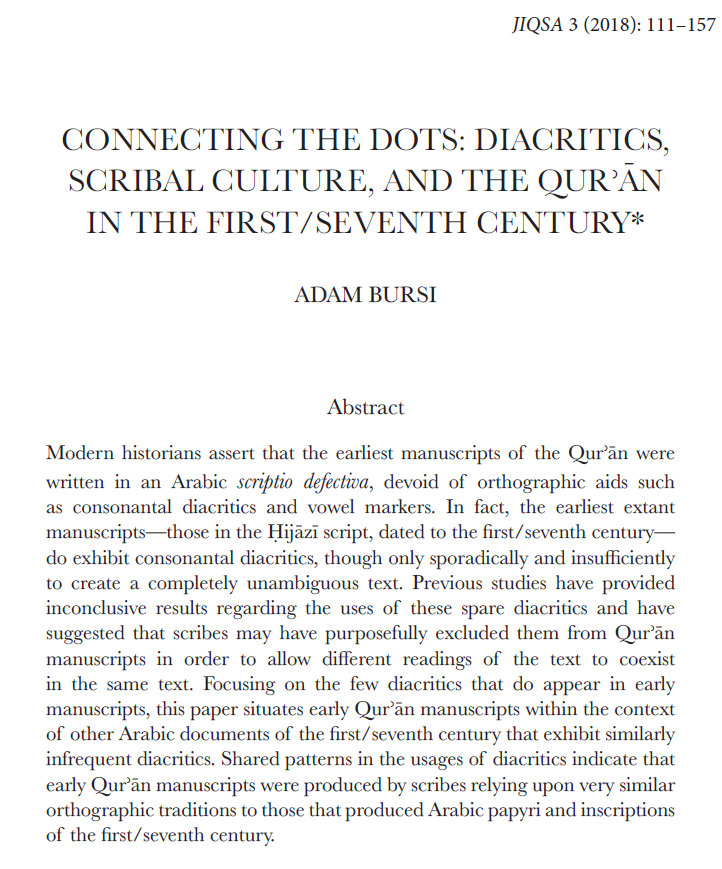
Interesting variant reading in Wetzstein II 1913 that I just ran into, rather than the canonical ʾinna ḷḷāha la-hādi llaḏīna ʾāmanū "God is the guide of those who have believed" it has tanwīn la-hādin-i llaḏīna: "God is guiding those who believe" (somewhat forced transl.) 

It is recorded as a secondary reading in the much later Kufic Quran Arabe 325(k).
Ibn Ḫalawayh (and others) attribute it to ʾAbū Ḥaywah (Syrian reciter, d. 203 AH). While grammatically equally viable, it ended up not making it into the reading of any of the ten.

Ibn Ḫalawayh (and others) attribute it to ʾAbū Ḥaywah (Syrian reciter, d. 203 AH). While grammatically equally viable, it ended up not making it into the reading of any of the ten.


It is remarkable though that it would be Wetzstein II 1913 of all manuscripts that marks it as the primary reading. W1913 is a very complete early manuscripts, with Syrian regionality. Its vocalisation is probably early, since it has non-canonical features not found elsewhere. 



The fact that we would find a Syrian non-canonical reading in a Syrian rasm Muṣḥaf, may suggest that its vocalisation indeed also took place in Syria. You would obviously want to test more variant readings to further confirm that hypothesis, but it's interesting to see.
If you enjoyed this thread, and would like to support me and get exclusive access to my work-in-progress critical edition of the Quran, consider becoming a patron on patreon.com/PhDniX/!
You can also always buy me a coffee as a token of appreciation.
ko-fi.com/phdnix
You can also always buy me a coffee as a token of appreciation.
ko-fi.com/phdnix
• • •
Missing some Tweet in this thread? You can try to
force a refresh
















